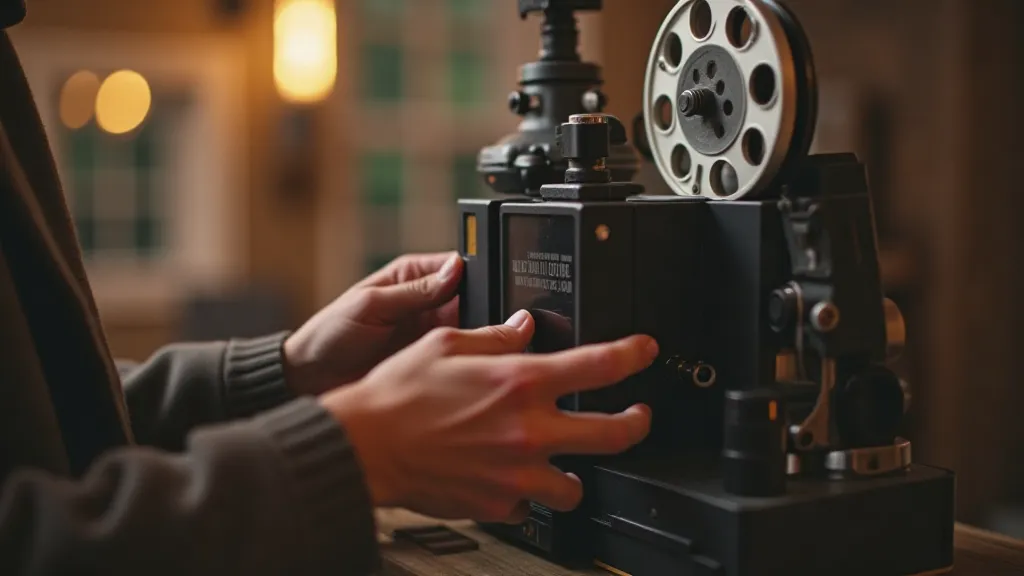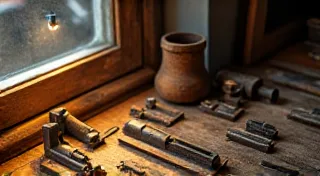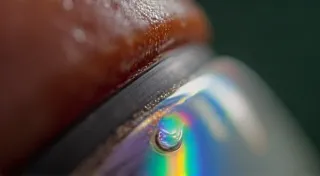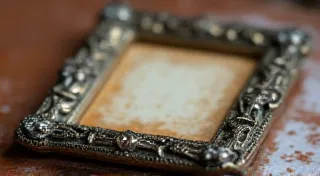The Luminescence of Memory: Optimizing Bulb Life and Preventing Premature Failure
There's a certain magic woven into the experience of a vintage slide projector. It's more than just light shining through transparent images; it's a time machine, whisking you back to moments captured decades ago, frozen in Kodachrome or Ektachrome, waiting to be rediscovered. The warm hum of the motor, the reassuring click as the carousel advances, the focused beam illuminating family gatherings, travel adventures, and childhood milestones – these aren't just mechanics; they're echoes of lives lived. And at the heart of this evocative process lies the bulb, the humble source of that luminous memory.
I remember my grandfather’s projector, a hefty Kodak Carousel. It stood proudly on a scarred wooden tripod, a silent guardian of countless family stories. He was meticulous in his care for it, a testament to his respect for the images it displayed. He's gone now, but the projector remains, a tangible link to a past filled with laughter, love, and the vibrant hues of a bygone era. Understanding how to properly care for its bulb isn't merely about technical proficiency; it's about honoring that legacy, preserving the fragile windows to those cherished memories.
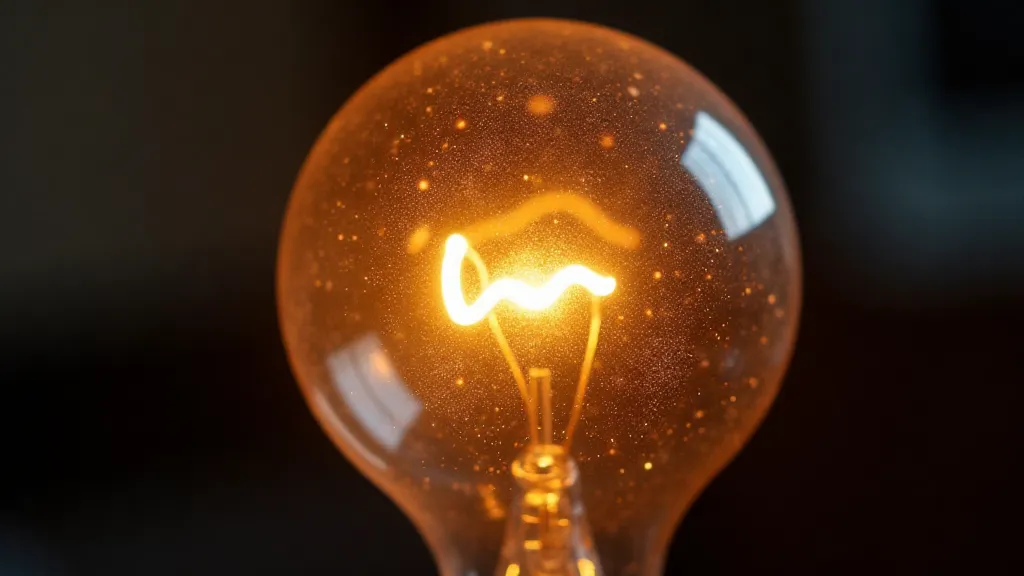
The Anatomy of a Projector Bulb: More Than Just Filament and Glass
Modern LED technology has largely supplanted the incandescent bulbs that powered these classic projectors, but understanding how the originals worked is crucial to extending their lifespan and diagnosing issues. These bulbs weren't simply like those in table lamps. They were designed specifically for the demands of slide projection: high intensity, stable color temperature, and compatibility with the projector's focusing system. The filament itself, typically made of tungsten, needed to be robust enough to withstand the intense heat generated during operation. The glass envelope was filled with an inert gas, often argon or nitrogen, to reduce evaporation of the filament and prolong its life. This gas also significantly reduced the tendency of the filament to oxidize. The bulb base, crucial for electrical connection and physical stability, had to be perfectly aligned to prevent premature failure.
Common Causes of Premature Bulb Failure – and How to Avoid Them
Unfortunately, these bulbs weren’t indestructible. Several factors could contribute to premature failure. One of the most common was voltage instability. Fluctuations in the power supply could cause the filament to stress and break. Old wiring in homes, particularly those with dimmer switches, was often a major culprit. Another frequent cause was overheating. Projectors were often placed in poorly ventilated areas, allowing heat to build up. Dust accumulation on the ventilation openings further exacerbated this problem. Furthermore, rapid switching – turning the projector on and off repeatedly – was surprisingly damaging. Each time the projector was switched on, the filament experienced a thermal shock, gradually weakening its structure.
Practical Steps to Maximize Bulb Life
The good news is that most of these issues could be mitigated with a bit of preventative maintenance. Let's delve into some practical steps you can take:
- Stabilize the Power Supply: If you suspect voltage instability, consider using a line conditioner or surge protector specifically designed for sensitive electronics. These devices help regulate voltage and protect against power surges.
- Ensure Adequate Ventilation: Clean the projector's ventilation openings regularly with compressed air. Don't place the projector in a confined space where heat can accumulate. A simple fan nearby can make a world of difference.
- Dust Control: Dust isn't just an aesthetic problem; it can also contribute to overheating. Gently clean the projector’s interior with a soft brush, being careful not to damage any delicate components.
- Minimize Switching: As much as possible, avoid repeatedly turning the projector on and off. If you need to pause the projection, consider using the projector’s built-in pause function, if it has one, rather than switching it off completely.
- Allow for Cool Down: After a long projection session, allow the projector to cool down completely before storing it. Sudden temperature changes can stress the filament.
- Proper Bulb Handling: When replacing a bulb, handle it with care. Avoid touching the filament directly with your fingers. Skin oils can create hotspots when the bulb is heated. Wear gloves or use a clean cloth.
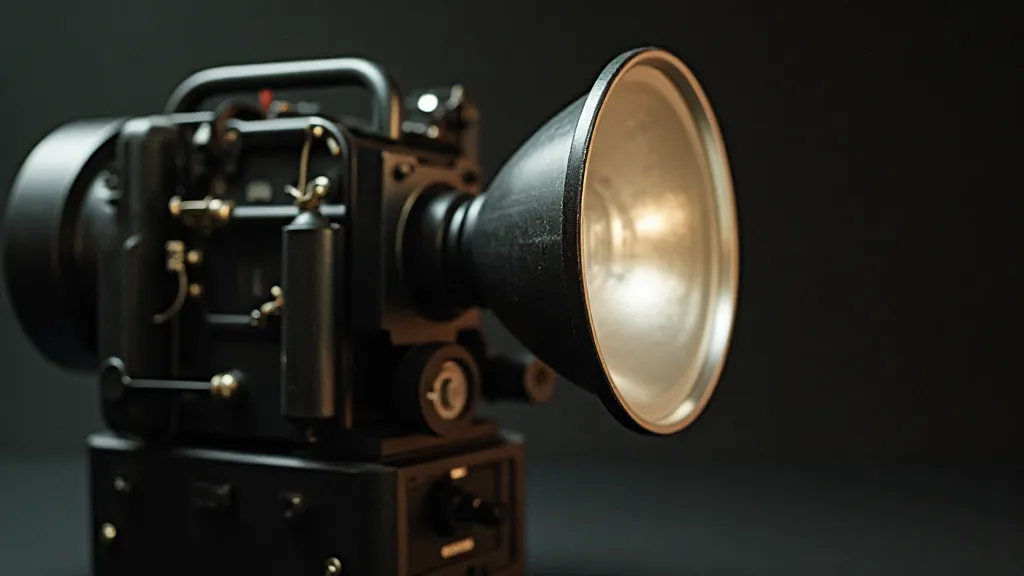
The Art of Replacement: Sourcing Authentic or Compatible Bulbs
Eventually, even with the most meticulous care, a bulb will burn out. Sourcing replacements can be tricky. Original bulbs for older projectors are increasingly rare and often expensive. While tempting to purchase reproductions, be cautious. Not all reproductions are created equal. Some may lack the proper color temperature or may be prone to premature failure. Research the specifications of the original bulb and look for replacements that closely match those specifications. Sometimes, "compatible" bulbs can be found that will work adequately, though color rendition and longevity may differ slightly. Always consult online forums and communities dedicated to vintage slide projectors—other enthusiasts often have valuable insights into the best sources for replacement bulbs.
Beyond the Bulb: The Bigger Picture of Preservation
Taking care of a vintage slide projector isn't just about keeping the bulb burning brightly; it’s about preserving a piece of history. These projectors are tangible links to a past filled with laughter, love, and the joy of shared experiences. They represent a time when photography was a more deliberate and considered process, a time when every slide was a treasured memory, carefully curated and preserved. The craftsmanship that went into these machines – the robust metal housings, the precisely engineered gears and levers – is a testament to a different era of manufacturing. By taking care of these projectors and their bulbs, we’re not just preserving memories; we’re preserving a piece of that history, a legacy of craftsmanship and a celebration of analog photography. And that luminescence, that gentle glow illuminating those treasured slides, is a gift we can pass on to future generations.
